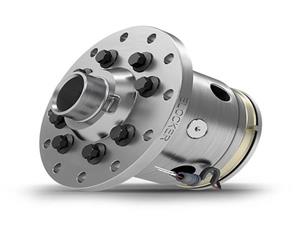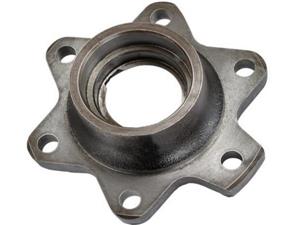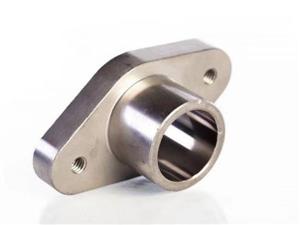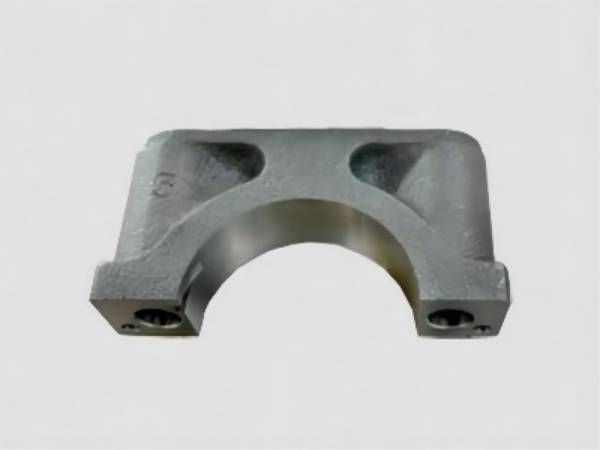You should know these common sense about casting technology
1、 Casting type
Casting is divided into two types: sand casting and special casting. Sand casting is subdivided into wet sand mold, resin self-hardening sand mold, sodium silicate sand mold, dry mold, surface dry mold, solid mold and other casting types. Special casting can be divided into metal film casting and dewaxing casting. The material of casting mould can be sand, metal or ceramic.
Ordinary sand casting takes time, because the mold needs to be destroyed before the finished product can be obtained, and the mold itself cannot be reused. The metal mold casting method mainly uses the metal with higher melting point than the raw material to cast the mold. Due to the influence of the melting point of the mold, the metal that can be cast is also limited.
2、 Forming process
The casting process usually includes three parts: mold preparation, melting and pouring of casting metal, casting treatment and inspection. According to the materials used in casting, the mold can be divided into metal mold, sand mold, ceramic mold, mud mold and graphite mold. Some molds can only be used once, and some are semi-permanent or permanent mold. For a casting, mold preparation is crucial, which is related to the quality of the casting Degree of advantages and disadvantages. Commonly used casting metals include iron, steel, non-ferrous metals and alloys.
The inspection and treatment of castings include the removal of foreign matters from the core and casting surface, the removal of the gating and riser, the burr grinding, the heat treatment, shaping or rust prevention treatment of the protrusions such as the seam, etc., mainly to improve the quality, appearance and service life of the castings.
3、 Advantages of casting
The reason why the casting technology has been spread so far has its unique development advantages. The advantages of casting mainly include the following aspects:
(1) It can cast parts with complex shapes, especially some blanks with complex inner cavities.
(2) It has a wide range of applications and wide adaptability. Some metal materials commonly used in industry can be cast, ranging from a few grams to hundreds of tons.
(3) Production raw materials have a wide range of sources, low cost, many types of production raw materials, a wide range of sources, and low price. Some scrap steel, scrap parts, and chips can be used for manufacturing.
(4) The processing technology level is high, the size and shape of the casting are very close to the parts, reducing the cutting amount, equivalent to chip-free processing.
(5) It is widely used. About 70% of the weight of some agricultural machinery and machine tools is made of castings.






